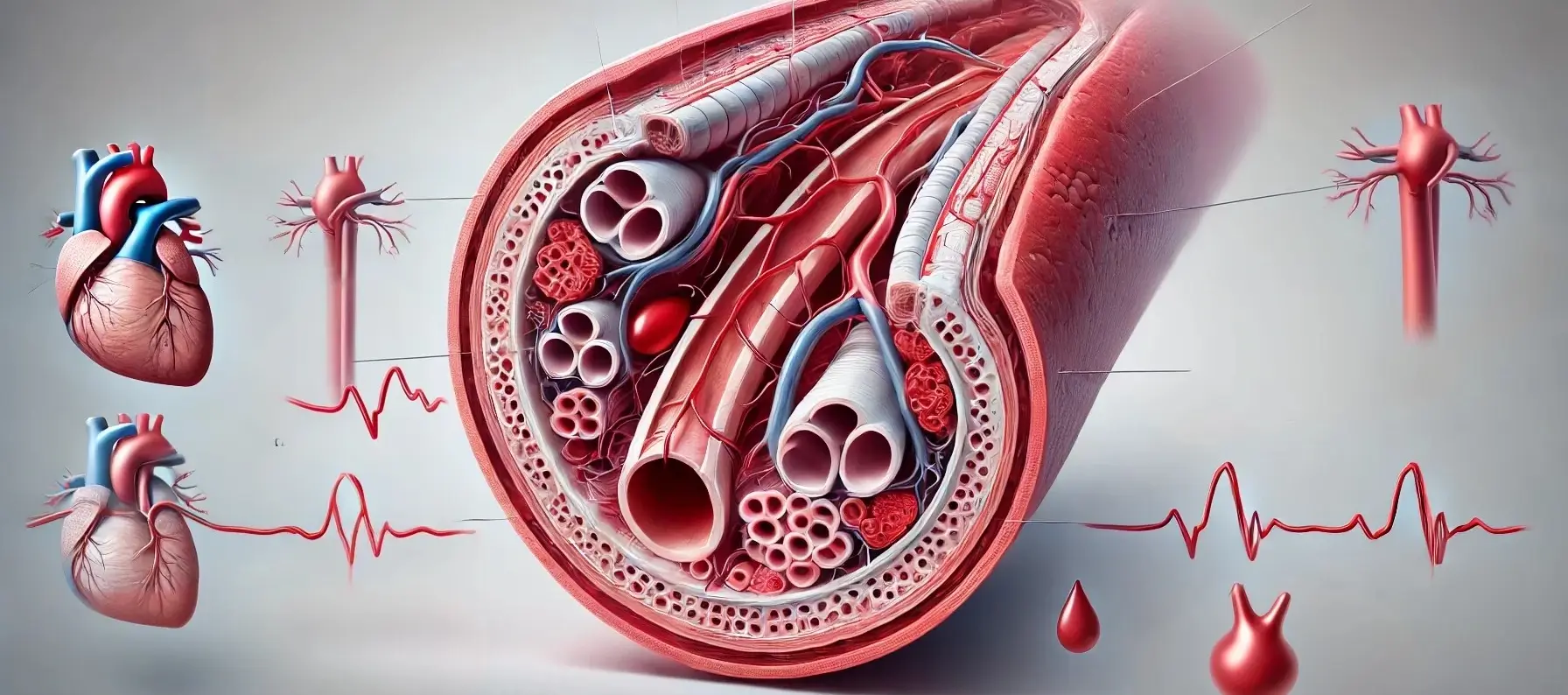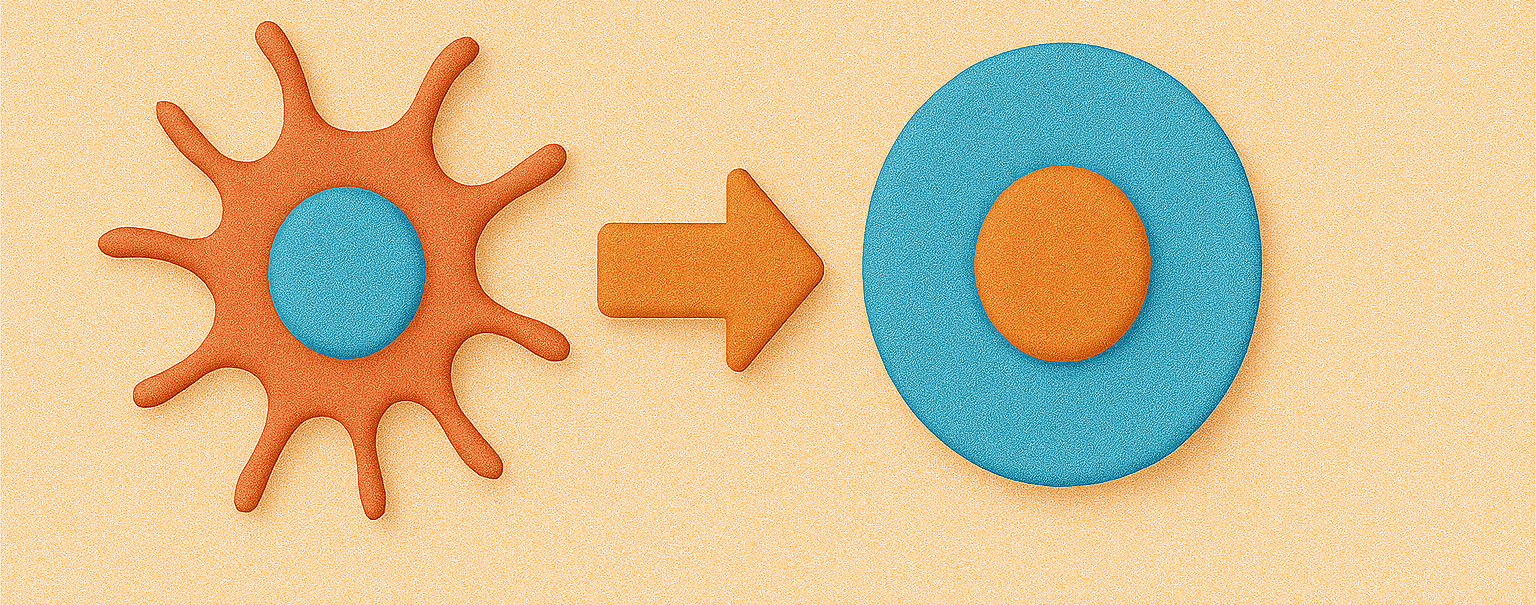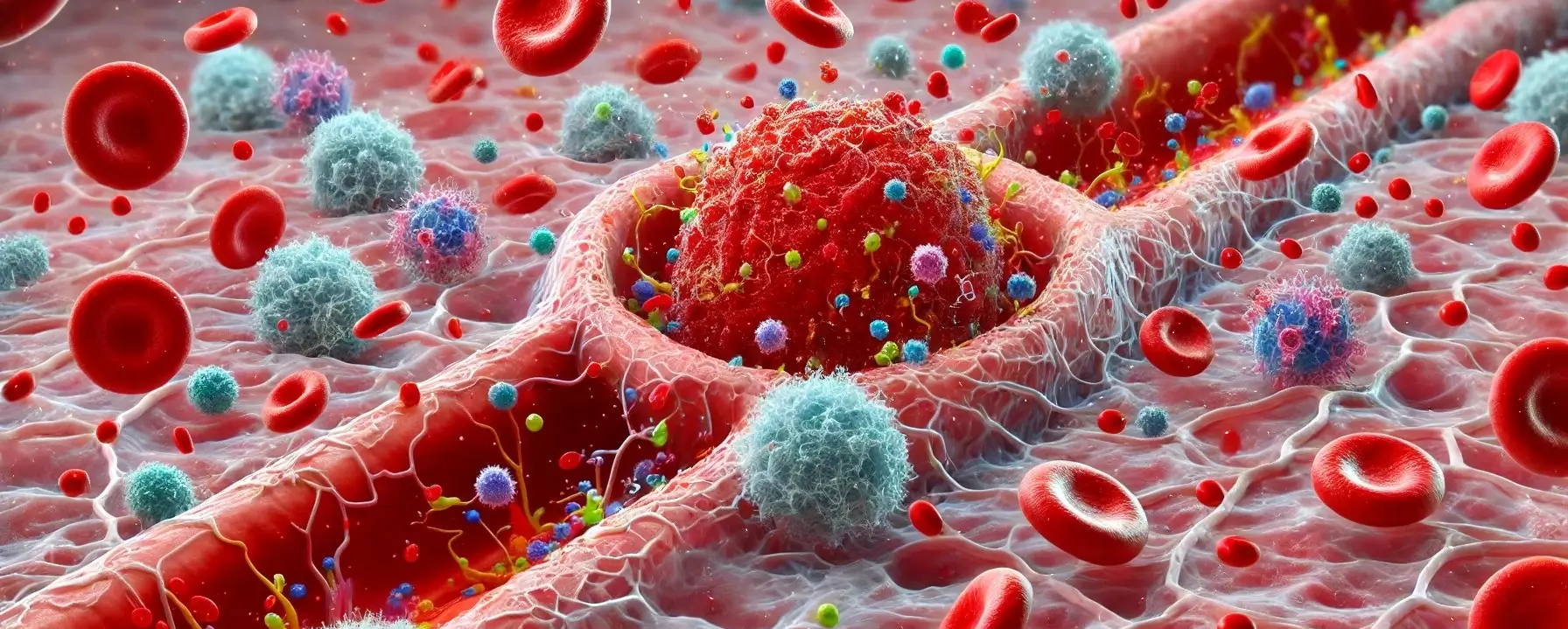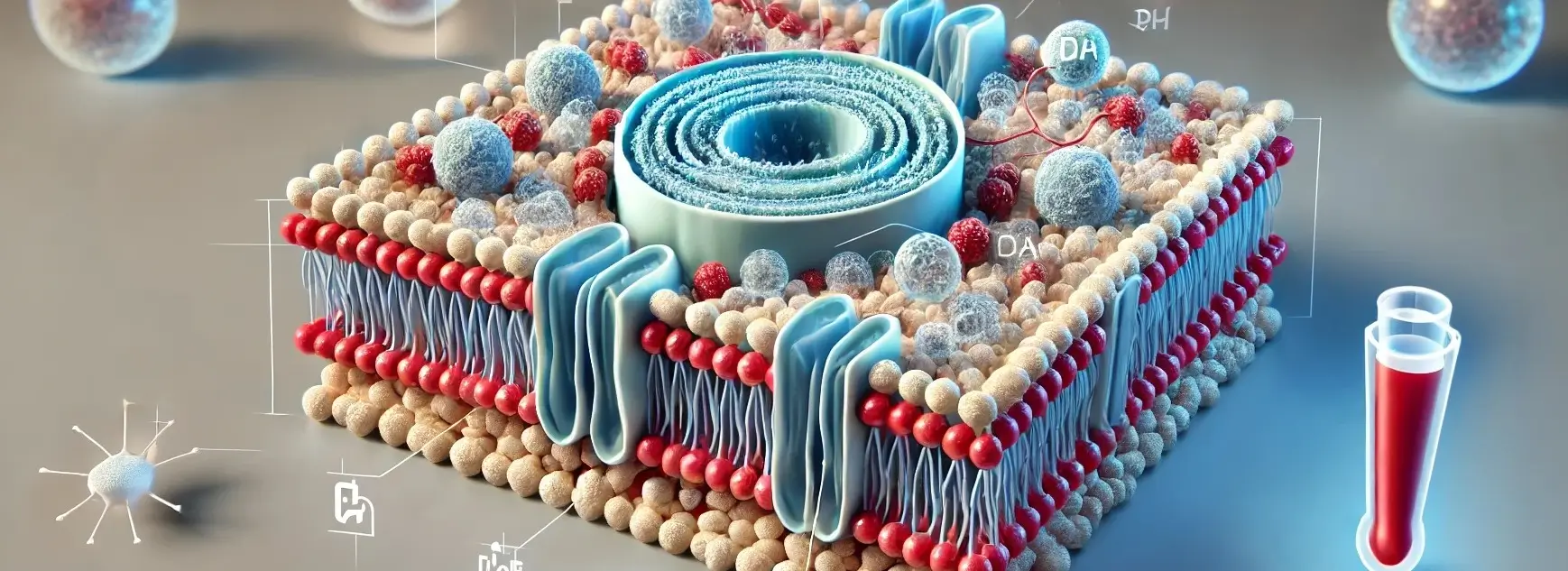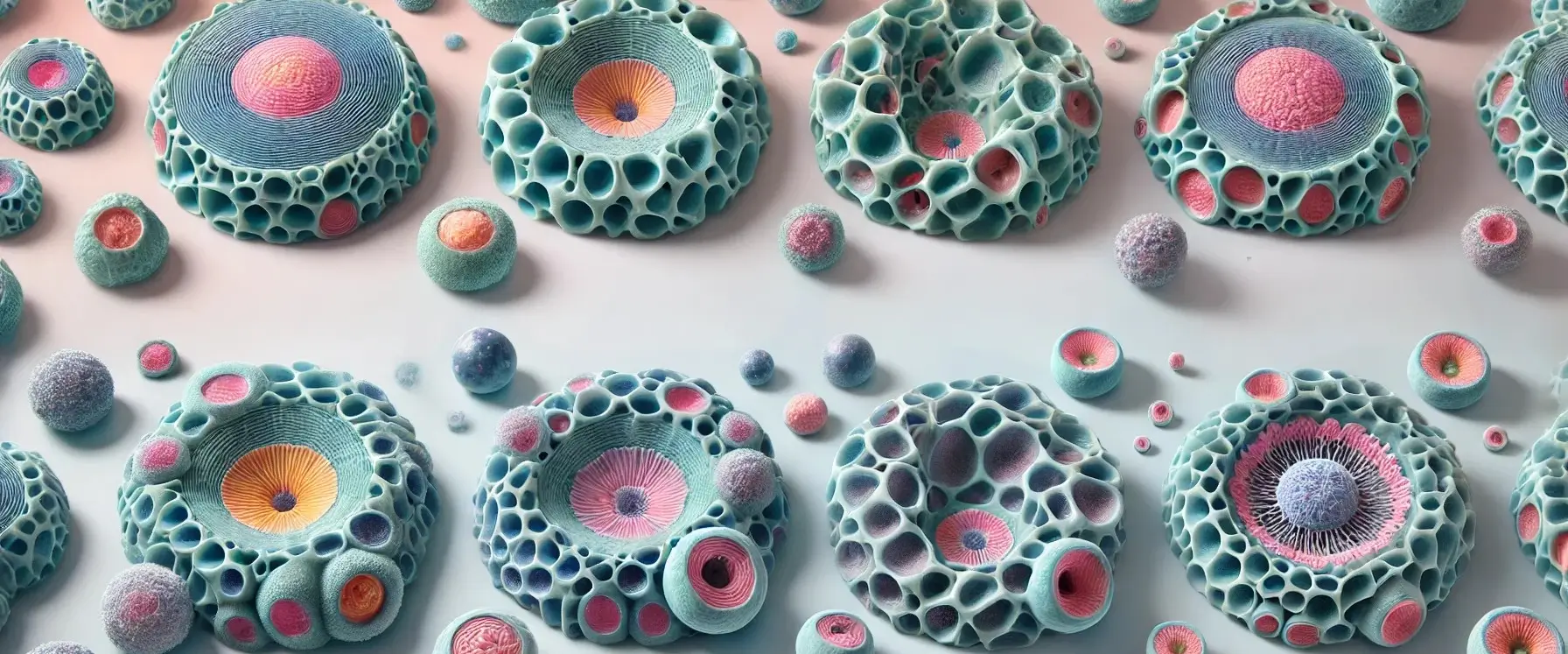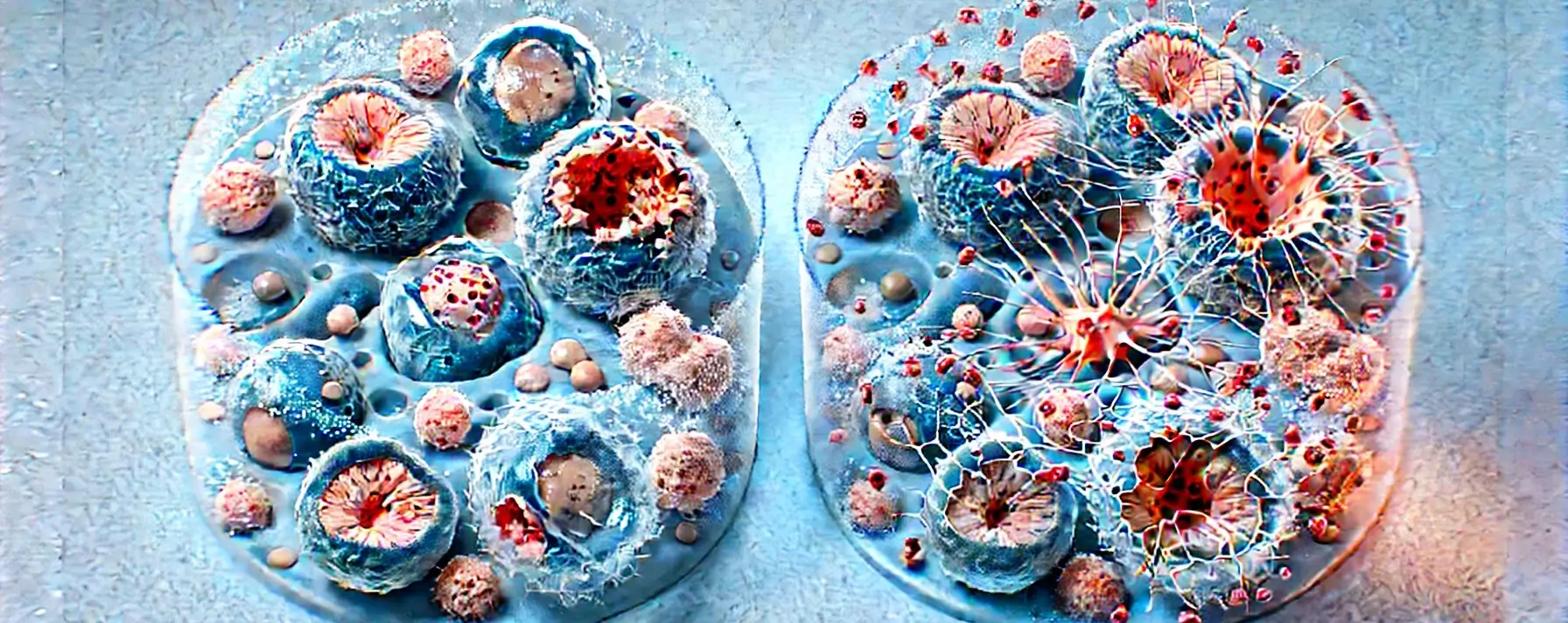Hypertension
Hypertension, or high blood pressure, is a common condition in which the force of blood against the artery walls is consistently too high. Over time, this increased pressure can damage blood vessels and lead to various complications, including heart disease, stroke, and kidney failure. Blood pressure is measured in millimeters of mercury (mm Hg) and … Read more

